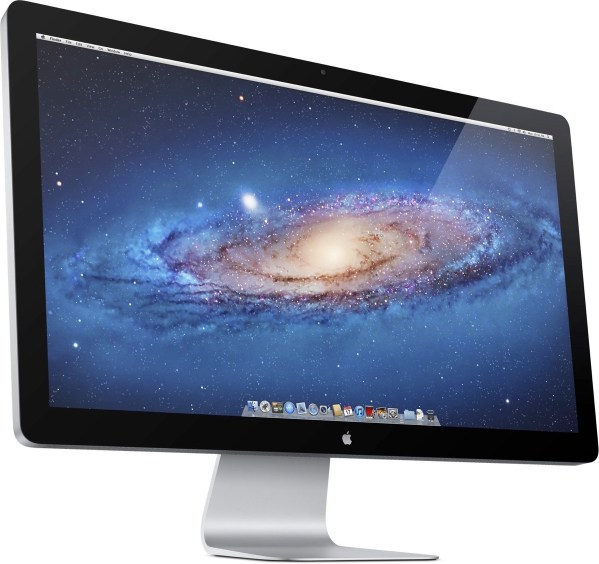Apple on Monday released macOS 10.12.4, the latest version of its Sierra operating system. Among the new features is Night Shift, the same screen-dimming technology that Apple has had in iOS for a while. They’ve buried the feature, though, so it can be a bit tough to find. Here’s how, and what it does.

Night Shift adjusts the color of your Mac’s display after sunset. According to some research, exposure to the bright blue light of computer displays in the evening can affect your ability to sleep. Night Shift mode – first introduced in iOS 9.3 – changes display colors to warmer tones with less blue. In the morning the Mac returns to its normal settings. If you’re working with graphics, art, photography, video or other content where color fidelity is of paramount importance, Night Shift is probably not the best thing to use. But for the rest of us, Night Shift can give your eyes – and your circadian rhythm – a bit of a break.
Night Shift is similar in concept to the third-party application f.lux. F.lux is still available if you’d prefer to use it or are not ready to upgrade yet to macOS 10.12.4.
How To Use Night Shift On The Mac
- Click on the menu.
- Click on System Preferences…
- Click on Displays
- Click on the Night Shift tab to change settings.
You can schedule Night Shift according to a custom schedule, determining what time to turn it on and off. You can also override the setting to turn it on until the next day. You can also adjust the intensity of the color shift.
Apple notes that this won’t affect the color balance of connected televisions or projectors – so Night Shift, at least for now, will only affect directly connected monitors.
It’s also worth noting that Night Shift imposes specific system requirements. Apple has outlined them in a tech note posted to its website.









